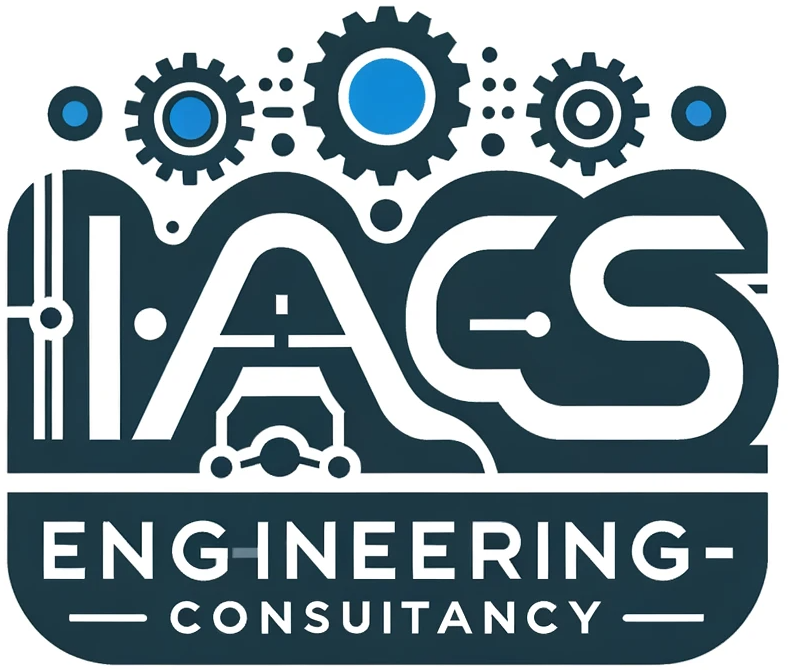Predictive maintenance (PdM) in Industrial Automation and Control Systems Engineering involves using data analysis tools and techniques to detect anomalies and predict equipment failures before they occur. This approach helps in scheduling maintenance at the right time, thus reducing downtime and extending the lifespan of equipment such as sensors, pumps, and motors.
How Predictive Maintenance Works in Sensors, Pumps & Motors?
- Sensors: Anomalies in sensor data can indicate problems in the process or with the sensor itself, allowing for early replacement or recalibration.
- Pumps: Monitoring vibrations, temperature, and flow rates can predict bearing failures, seal leaks, or impeller wear.
- Motors: Analysis of electrical parameters (current, voltage) and physical parameters (vibration, temperature) can predict winding failures, bearing failures, or misalignment.
What is Successful Rate of Predictive Maintenance?
The success rate of predictive maintenance varies across industries and specific applications, but numerous studies and reports indicate significant benefits. Success is often measured in terms of reduced downtime, extended equipment lifespan, decreased maintenance costs, and improved overall equipment effectiveness (OEE). While specific numbers can vary, reports often cite reductions in downtime by 30-50%, maintenance costs by 20-40%, and increases in production by 20-25%. However, the success rate heavily depends on the quality of the data collected, the effectiveness of the analytics, and the implementation of the maintenance strategies.
Example 1:
How to Implement Predictive Maintenance (PdM) for your Plants Rotating Equipment like Motors, Turbines, Pumps and Fans?
Some tips are as under:
- Equip rotating equipment with sensors to monitor critical parameters such as vibration, temperature, pressure, and flow rates.
- Ensure that the new sensors and data collection systems can integrate with existing control systems and IoT platforms for seamless data flow.
- Use advanced analytics, machine learning algorithms, and statistical models to analyze collected data and identify patterns indicative of potential failures.
- Create models that predict future equipment failures based on historical and real-time data.
- Set up Alert & notification systems to alert maintenance personnel when the system detects a potential issue.
Example 2:
How to Implement Predictive Maintenance (PdM) for your Production Line Machinery like Conveyors, Presses and Robots?
Some tips are as under:
- Equip with sensors that can measure critical parameters like vibration, temperature, pressure, and acoustics. For robots, additional sensors might be needed for joint movements or torque.
- Ensure that the new sensors and data collection systems can integrate with existing control systems and IIoT platforms for seamless data flow.
- Use advanced analytics, machine learning algorithms, and statistical models to analyze collected data and identify patterns indicative of potential failures.
- Create models that predict future equipment failures based on historical and real-time data.
- Set up Alert & notification systems to alert maintenance personnel when the system detects a potential issue.
Note: By engaging our remote freelancers, sub-contractor or service level agreements, our IIoT, cloud computing, and advanced analytics expertise could implement your predictive maintenance strategy.
